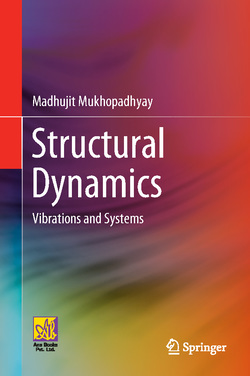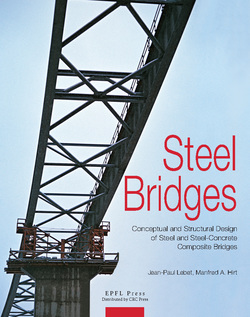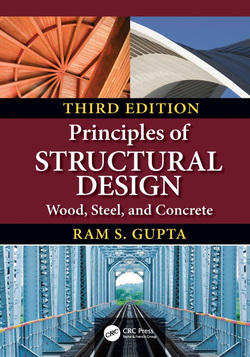دینامیک سازه ها

دینامیک به عنوان یکی از مهارتهای کلیدی مهندسان عمران شناخته شده است که باید در برنامه تحصیلی آنها آموزش داده شود.
مارتین ویلیامز این معرفی کوتاه و در دسترس را در زمینه دینامیک سازه ارائه میدهد. او این کتاب را با توصیف سیستمهای پویا و ارائه آنها برای اهداف تحلیلی آغاز میکند. دو فصل اصلی، تحلیل خطی سیستمهای یک درجه آزادی (SDOF) و چند درجه آزادی (MDOF)، تحت ارتعاش آزاد را مورد بررسی قرار میدهند.
تجزیه و تحلیل دستی سیستمهای پیوسته جهت نشان دادن اصول کلیدی به طور خلاصه پوشش داده شدهاند. روشهای محاسبه واکنشهای دینامیکی غیرخطی نیز مورد بحث قرار گرفته است. درنهایت، اصول کلیدی تحلیل ارتعاش تصادفی ارائه میشود.
مارتین ویلیامز این معرفی کوتاه و در دسترس را در زمینه دینامیک سازه ارائه میدهد. او این کتاب را با توصیف سیستمهای پویا و ارائه آنها برای اهداف تحلیلی آغاز میکند. دو فصل اصلی، تحلیل خطی سیستمهای یک درجه آزادی (SDOF) و چند درجه آزادی (MDOF)، تحت ارتعاش آزاد را مورد بررسی قرار میدهند.
تجزیه و تحلیل دستی سیستمهای پیوسته جهت نشان دادن اصول کلیدی به طور خلاصه پوشش داده شدهاند. روشهای محاسبه واکنشهای دینامیکی غیرخطی نیز مورد بحث قرار گرفته است. درنهایت، اصول کلیدی تحلیل ارتعاش تصادفی ارائه میشود.
سال انتشار: 2016 | 283 صفحه | حجم فایل: 13 مگابایت | زبان: انگلیسی
Structural Dynamics
نویسنده
Martin Williams
ناشر
CRC Press
ISBN10:
0415427320
ISBN13:
9780415427326
قیمت: 16000 تومان
برچسبها: تحلیل سازه دینامیک سازه سازه طراحی سازه
Dynamics is increasingly being identified by consulting engineers as one of the key skills which needs to be taught in civil engineering degree programs. This is driven by the trend towards lighter, more vibration-prone structures, the growth of business in earthquake regions, the identification of new threats such as terrorist attack and the increased availability of sophisticated dynamic analysis tools.
Martin Williams presents this short, accessible introduction to the area of structural dynamics. He begins by describing dynamic systems and their representation for analytical purposes. The two main chapters deal with linear analysis of single (SDOF) and multi-degree-of-freedom (MDOF) systems, under free vibration and in response to a variety of forcing functions. Hand analysis of continuous systems is covered briefly to illustrate the key principles. Methods of calculation of non-linear dynamic response is also discussed. Lastly, the key principles of random vibration analysis are presented – this approach is crucial for wind engineering and is increasingly important for other load cases.
An appendix briefly summarizes relevant mathematical techniques. Extensive use is made of worked examples, mostly drawn from civil engineering (though not exclusively – there is considerable benefit to be gained from emphasizing the commonality with other branches of engineering). This introductory dynamics textbook is aimed at upper level civil engineering undergraduates and those starting an M.Sc. course in the area.









































































